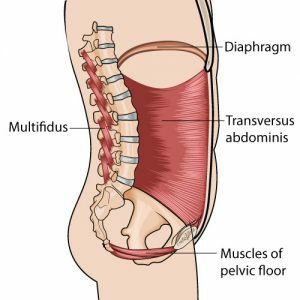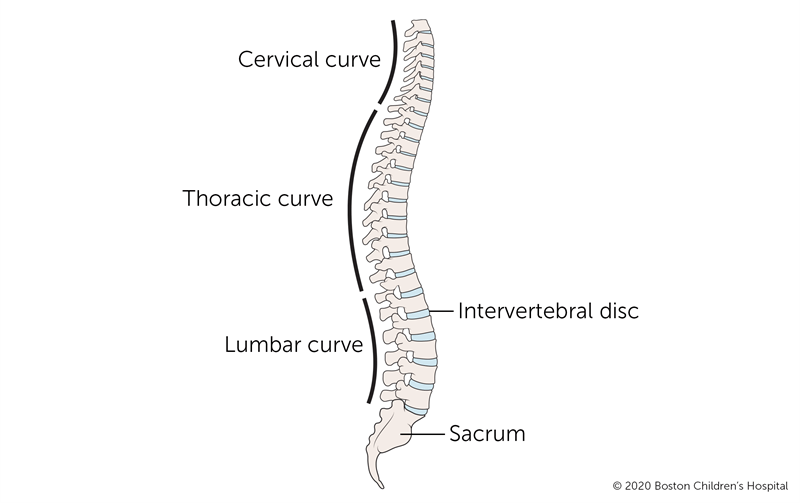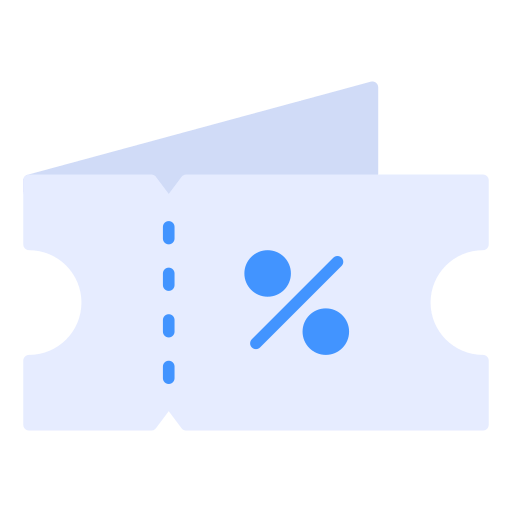What is the core?
Written By – Steph Lock | Physio & Pilates Specialist
The core is often described as a “cylinder” of muscles that sits within your trunk. It consists of:

– The pelvic floor: The base of the core, a deep collection of muscles which sits between the base of your spine, the sitting bones, and the pubic bone.
– The deep abdominals: Transverse abdonimus and Oblique abdominus: these sit under your six pack and around your waist and control trunk movements and rib placement. They are also some of the first to “switch off” in the presence of back pain.
– Multifidus: The deep muscles in the back, which together with the deep abdominals, creates the sides of the cylinder. These can be the culprits that cause pain when they become overactive and go into “spasm”. Usually this is linked with inactivity and fixed postures.
– The diaphragm, which is one of the key muscles involved in breathing, and creates the top of the cylinder.
What does the core do?
The main role of the “core’ is to provide stability to our trunk, keep us upright and help with balance. It allows our spine to move well throughout its full range of movement, whilst supporting and protecting it.
The core will activate depending on how you are moving and provide a strong base for your upper and lower limbs to work from.
It maintains the natural curvature of the spine which evenly distributes mechanical load during movement.

It is important to say here that it is not dangerous to move your spine! it is designed to bend in many directions and weight bear, the problem usually lies when we stop doing this!
The Core: Fake News!
- Core muscles are found in the abdominal region: Some of them are.. but the abdominals are only one aspect of a bigger group of muscles. The core does not only include the muscles in the front of your stomach, but it also contains the “cylinder” of muscles which includes the pelvic floor, multifidus, and the diaphragm.
- A ‘Six Pack’ equals a good core: False! Just because you’ve done 1000 sit ups a day does not mean that you have a high functioning core. The six pack muscle is called rectus abdominus and is a superficial muscle. The core is much deeper than this.
- If I keep my core ‘strong and tense’ during exercise, my back is being protected: Fake news! and in fact when trying to improve on your core it is recommended that you lightly engage through the core muscles, and ensure that you are able to breathe. When trying to fully activate your core during exercise often what happens is you fix in one position and hold your breath. A well controlled core will allow you to breathe throughout the movement which will in turn help to oxygenate your muscles and improve their function. If the core is made strong and tense, this can also prevent the spine from moving naturally and thus put unnecessary pressures on other joints.
- You should train your core daily: Not true. Just like with any other training, you need to allow for rest days to let the body regenerate, adapt and recover. The optimum level of core training is 3-4 times per week.
- You can strengthen your core: It’s complicated.. There is no evidence to say that you get muscle growth when you do core exercise. Electromyographic studies (assessing health of muscles and nerves that control them) that have focussed on the transverse abdominus muscle have shown that with training, this muscle does not hypertrophy (get bigger) but actually activates more effectively and has a more controlled contraction. So rather than strengthening the muscles in the core, we are improving their efficiency and co-contraction.
How does Pilates help my core?
The Pilates 5 key elements is the basis of all Pilates practice. This utilises the core muscles to maintain good spinal alignment as the foundation of every exercise. These 5 key elements are introduced in various different poses, starting with its easiest form, in lying and then gradually building up control and stability by challenging that posture. This will soon become second nature and you will find that this fundamental posture and control will be transferred into daily life, whether that is getting washing out of the tumble dryer, fixing a car, sitting at a desk, or going for a run.
Good luck!!

